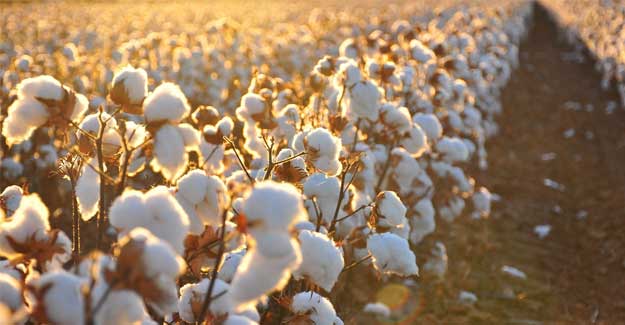
Pakistan's Cotton Trade: What's Happening?
Pakistan has been a net importer of raw cotton for a long time. This is not a bad thing for a number of reasons. For one, garment manufacturers tirelessly make efforts to position themselves as a hub of value-added apparel. That means importing higher quality cotton to meet buyers' requirements, and earning higher unit values. However, the story doesn't quite add up when increasing raw material import doesn't quite fully translate into growing value-added exports, which has been the bane of the textile industry for the past five years. Talk to textile player of any size and they blame the previous government's ill-informed policy to holding off US rupee depreciation and, rightly so. For almost three years, textile exporter failed to keep up margins due to overvalued rupee. But if exports weren't increasing, how did raw cotton import quantity managed to keep growing? For one, the collapse of cotton price post FY12 in the global commodity market meant that the value-added sector could afford to import higher quality cotton from places such as Brazil and USA. During this period, per ton price of cotton declined from the peak of US $3,500 in FY11, bottoming out in FY16 at US$ 1,536. This was particularly significant in the backdrop of overvalued rupee, which made imports more affordable. This period also saw consistent decline of raw cotton exports (in value terms) to all major traditional destinations. After peaking at US$ 480 million (HS code 5201) in FY12, raw cotton export declined to one-tenth of the original value, clocking in at just US$ 41million by FY17. Price of cotton in global commodity market was at historically low levels, which meant that there was little demand for poor quality cotton from Pakistan. As a result, area under cotton cultivation also declined by 14% between FY12 and FY17. So where was all the imported raw cotton going, if not into exports? Industry analysts point towards increase in higher thread count yarn (HS code: 5205) import during the same period. Read together, analysts opine that overvalued rupee may have inadvertently led to increased cotton and cotton-based yarn imports to service consumption of local demand.
Textile Excellence
If you wish to Subscribe to Textile Excellence Print Edition, kindly fill in the below form and we shall get back to you with details.








